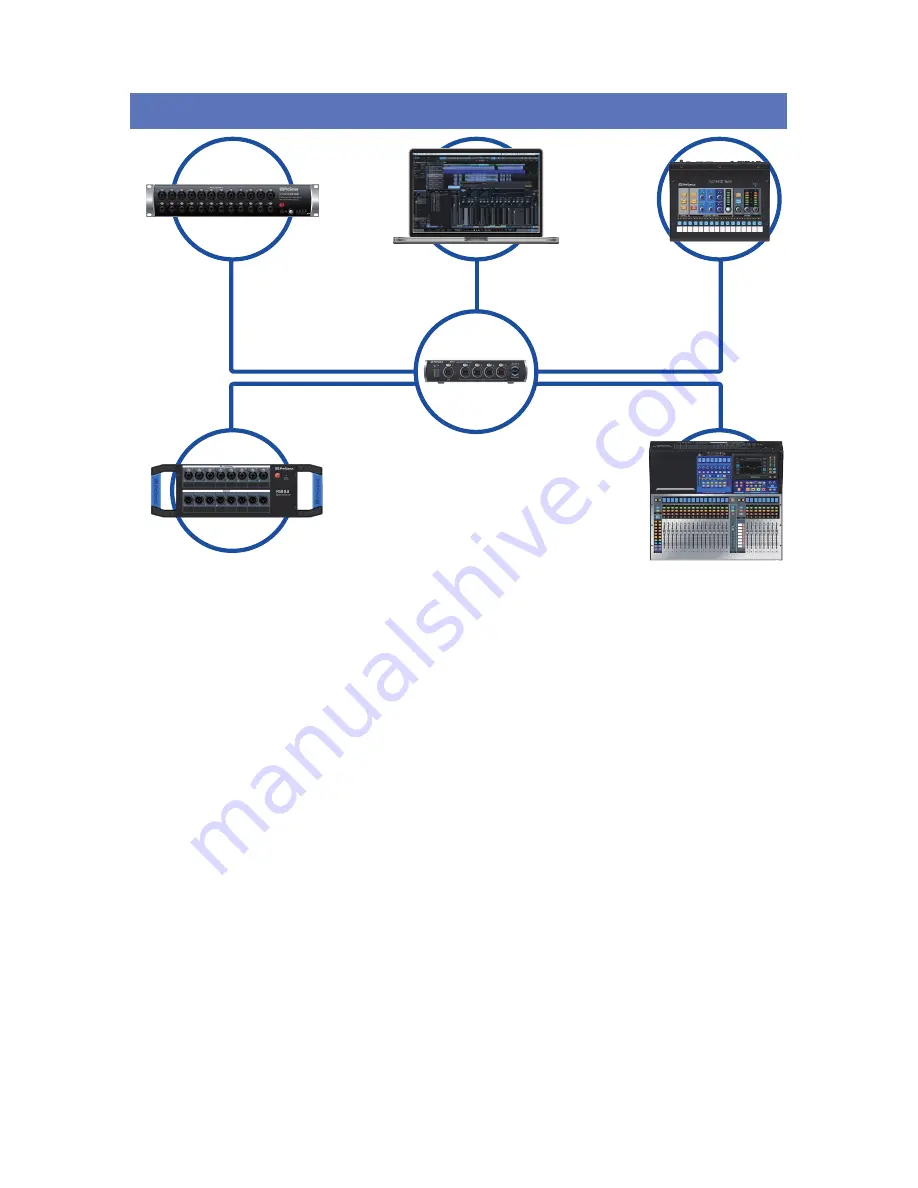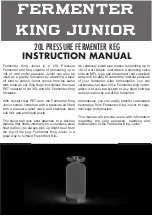
1
1 Overview
StudioLive™ Series III
AVB Networking Guide
1
Overview
Most people who have used a digital mixer in the last ten years are familiar with
incorporating networking technology into their audio application. Remote control
over wireless LAN networks, proprietary audio-over-Ethernet protocols, and
extensible audio networking platforms have all become relatively commonplace.
As networking speed and reliability have increased and the underlying technology
has become more affordable, transporting audio over an Ethernet cable can now
offer dramatic savings of both time and money, making it more attractive than ever.
While there are several protocols currently in use for audio networking, AVB
has many unique benefits that have made it the protocol of choice for the
latest generation of PreSonus pro audio equipment. This guide explains the
basics of AVB networking as well as best practices and use cases. While this
guide covers AVB networking in detail for supported PreSonus products,
much of the information here is relevant for other IEEE 1722.1-compliant AVB
devices. PreSonus StudioLive Series III mixers are fully compliant with the IEEE
1722.1 standard, which is the protocol for Discovery, Enumeration, Connection
management, and Control of AVB devices, also known as AVDECC.
Note:
Earlier generations of PreSonus AVB products (StudioLive RM-AI and RML-AI mixers,
StudioLive CS18AI, and AI-series consoles equipped with the SL-AVB-MIX option card) are
not 1722.1 AVDECC compliant and can only be used with each other. These products are
not compatible with IEEE 1722.1 devices like the StudioLive Series III mixers or other
third-party AVB products that follow the 1722.1 AVDECC standard.





































